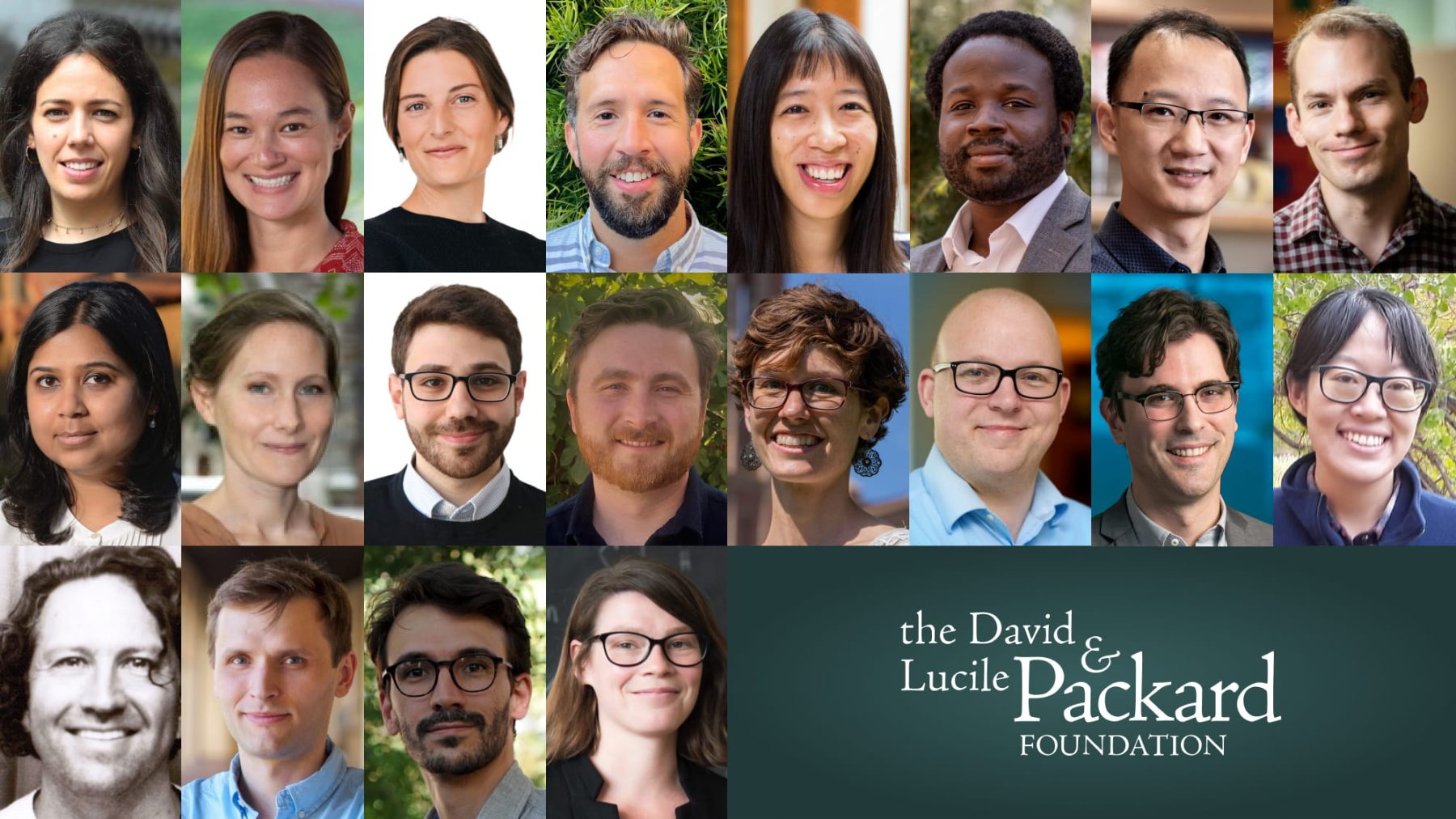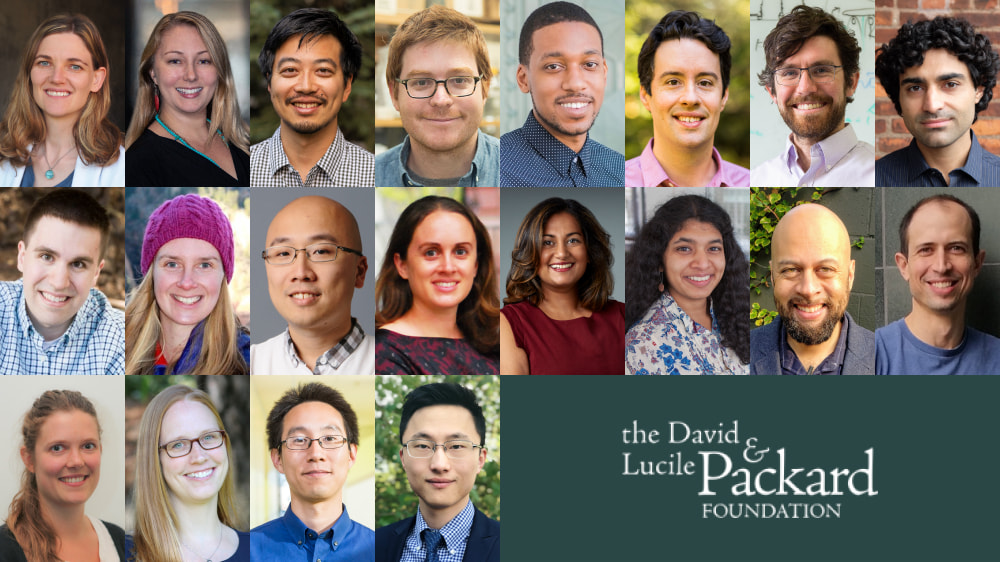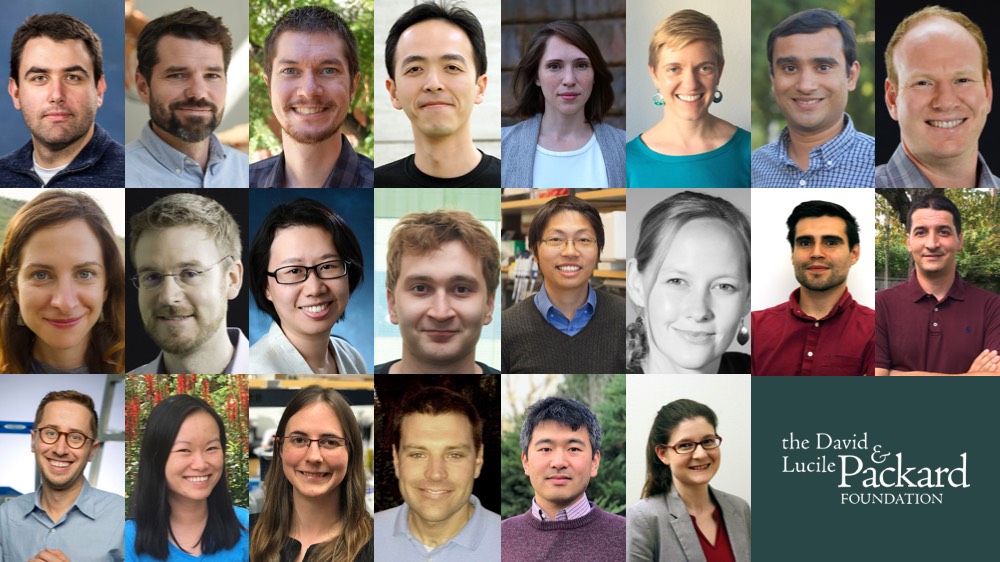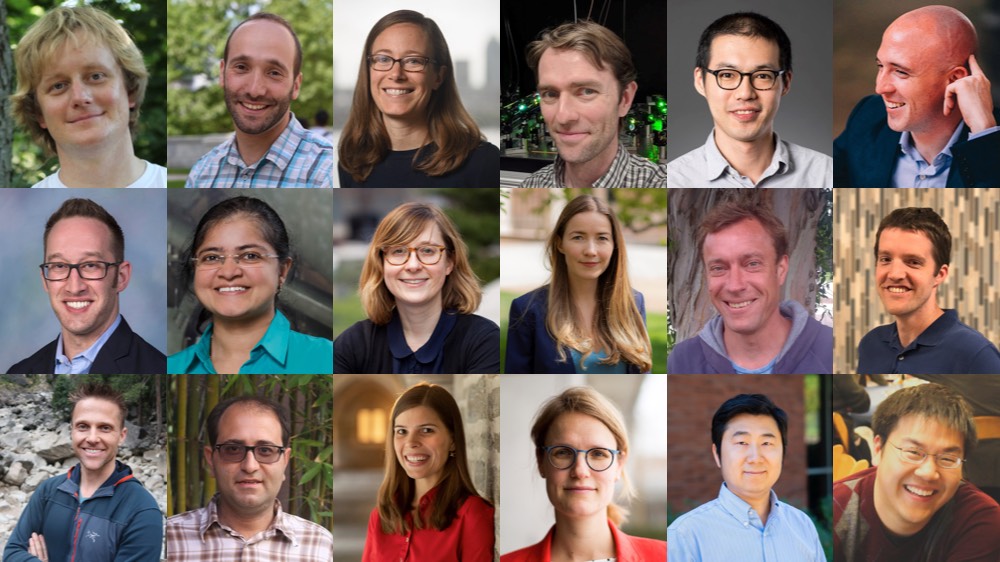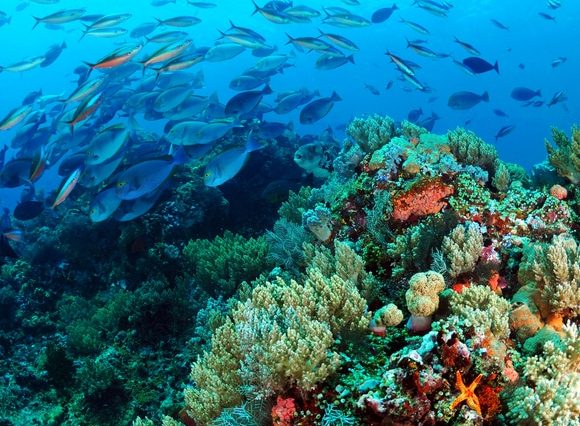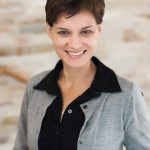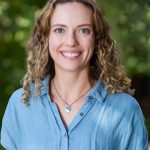October 14, 2021 (Los Altos, CA) – Today, the David and Lucile Packard Foundation announced the 2021 class of Packard Fellows for Science and Engineering. This year’s class features 20 innovative early-career scientists and engineers, who will each receive $875,000 over five years to pursue their research.
The Packard Fellowships in Science and Engineering are among the nation’s largest nongovernmental fellowships, designed to allow maximum flexibility in how the funding is used. Since 1988, this program has supported the blue-sky thinking of scientists and engineers whose research over time has led to new discoveries that improve people’s lives and enhance our understanding of the universe.
Packard Fellows are at the cutting edge of research into crucial issues like COVID-19 and climate change, and have gone on to receive the highest accolades, including Nobel Prizes in Chemistry and Physics, the Fields Medal, the Alan T. Waterman Award, the Breakthrough Prize, the Kavli Prize, and elections to the National Academies of Science, Engineering, and Medicine.
“What a moment for celebration,” said Nancy Lindborg, Packard Foundation President and CEO. “At a time when we are confronting so many difficult, intertwined challenges, including climate change, a global pandemic, and racial injustice, I am buoyed by the determination and energy of these 20 scientists and engineers. Through their research, creativity, and mentorship to their students and in their labs, these young leaders have the potential to help equip us all to better understand and address the challenges we face.”
Packard Fellows also gather at an annual meeting to discuss their research, where conversations have led to collaborations across disciplines. This year, like last year, due to COVID-19, the annual meeting was held virtually, and Fellows gathered online at #FellowsIsland. Fellows explored each other’s research through presentations, posters and discussions, with one session focused on their approaches to increase diversity, equity, and inclusion in academia. Collaborations with the Monterey Bay Aquarium and A Capella Science added some fun elements to the meeting.
“Packard Fellows are shaping the future of research and academia, and the future of our world as we understand it,” said Richard Alley, Chair of the Packard Fellowships Advisory Panel, and 1991 Packard Fellow. “I look forward to strengthening the bonds within our fantastic community of leading scientists and engineers.”
The Fellowships program was inspired by David Packard’s commitment to strengthen university-based science and engineering programs in the United States. He recognized that the success of the Hewlett-Packard Company, which he cofounded, was derived in large measure from research and development in university laboratories. Since 1988, the Foundation has awarded $464 million to support 657 scientists and engineers from 54 national universities.
The recipients of the 2021 Packard Fellowships in Science and Engineering are:
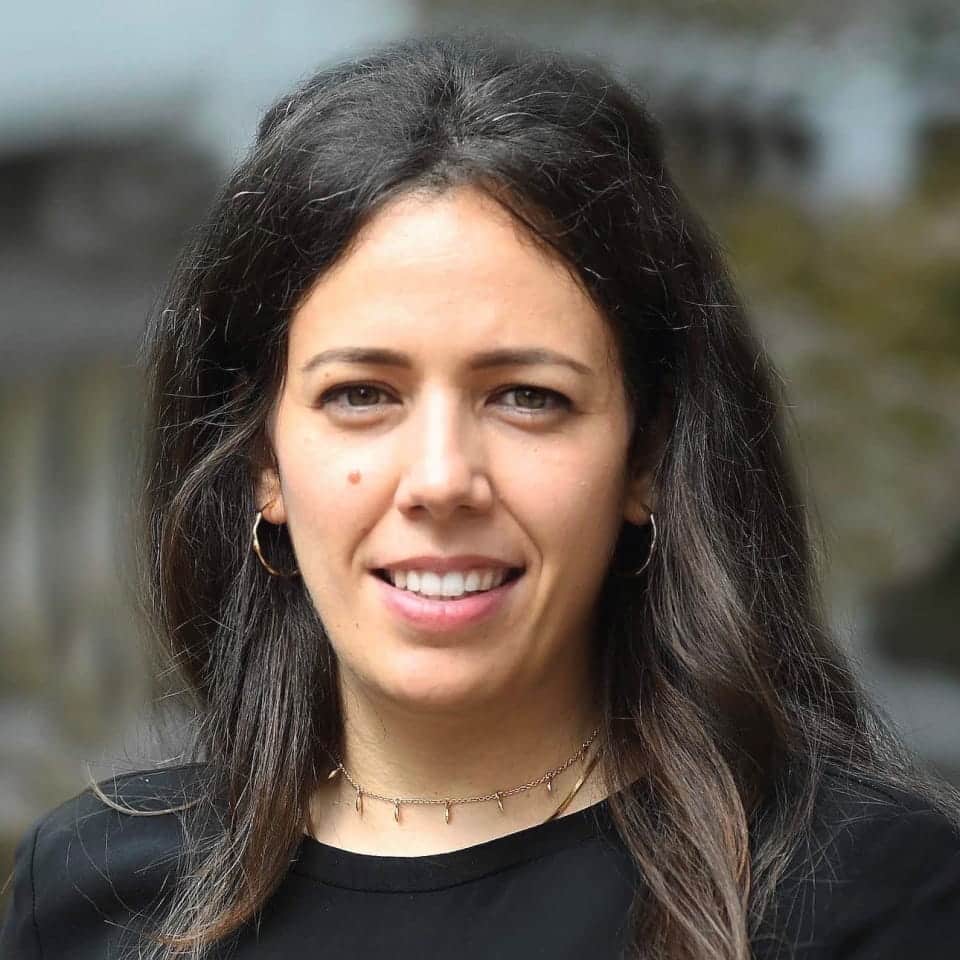
Ana Asenjo-Garcia
Department of Physics, Columbia University
Discipline: Physics
The interaction between many quantum systems gives rise to emergent complex behavior that, while difficult to predict, can be more robust than that of the underlying constituents. Asenjo-Garcia’s theoretical research focuses on understanding out-of-equilibrium physics of systems consisting of many atoms and photons, with the aim of developing scalable and efficient applications in quantum information science.
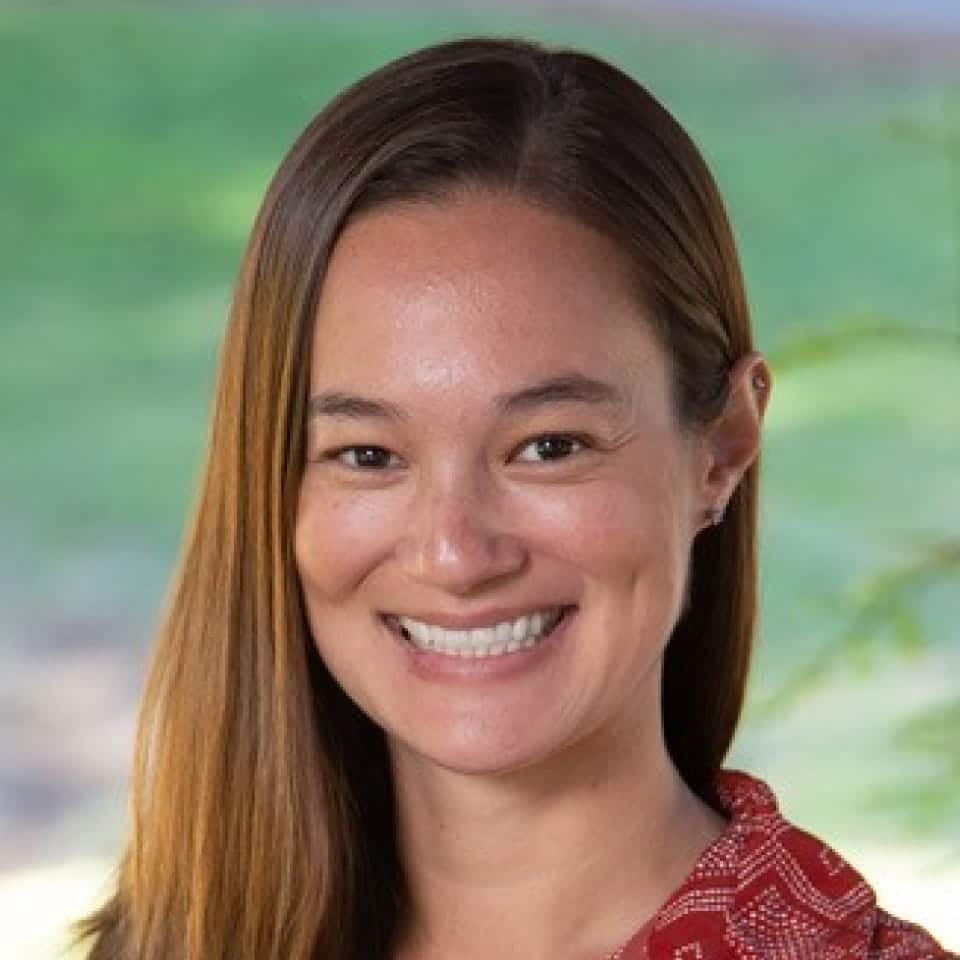
Rachael Bay
Department of Evolution and Ecology, University of California, Davis
Discipline: Ecology, Evolutionary Biology
Anthropogenic climate change is restructuring biodiversity and altering evolutionary trajectories of species globally. The Bay lab uses genomic data to understand how and when organisms adapt to climate, with the goal of developing a predictive framework for evolutionary responses to climate change.
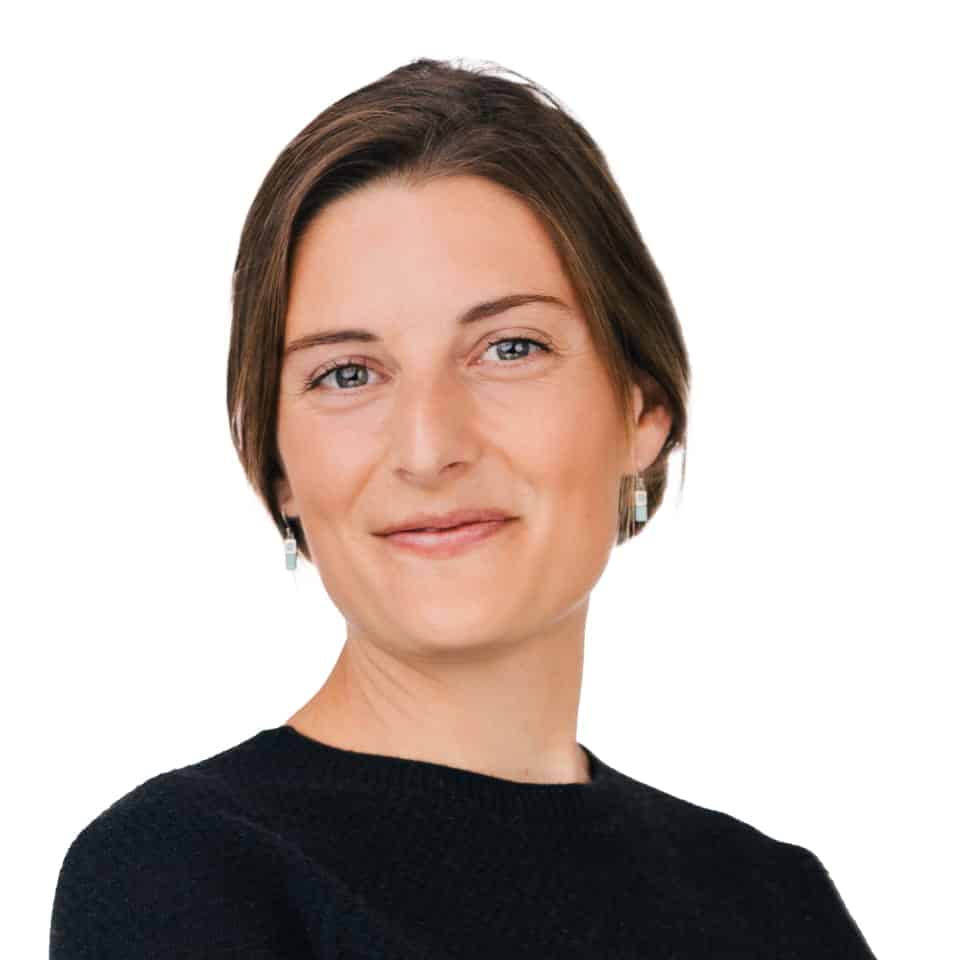
Roxanne Beltran
Department of Ecology & Evolutionary Biology, University of California, Santa Cruz
Discipline: Ecology, Evolutionary Biology
Using migratory marine mammals as smart sensors, Beltran’s research group will collect large-scale, long-term, three-dimensional data on ocean health, from phytoplankton, to prey to predators, along with human-made threats including noise and ocean warming.

Justus Kebschull
Department of Biomedical Engineering, Johns Hopkins University
Discipline: Neuroscience; Ecology, Evolutionary Biology; Engineering – Chemical or Biological
Precisely structured brain circuits control animal behavior, with structural deviations causing dysfunction and disease. The Kebschull lab seeks to understand how the brain evolved and how its evolution informs our understanding of how it works today, by mapping brain circuits in diverse species at single-cell resolution.
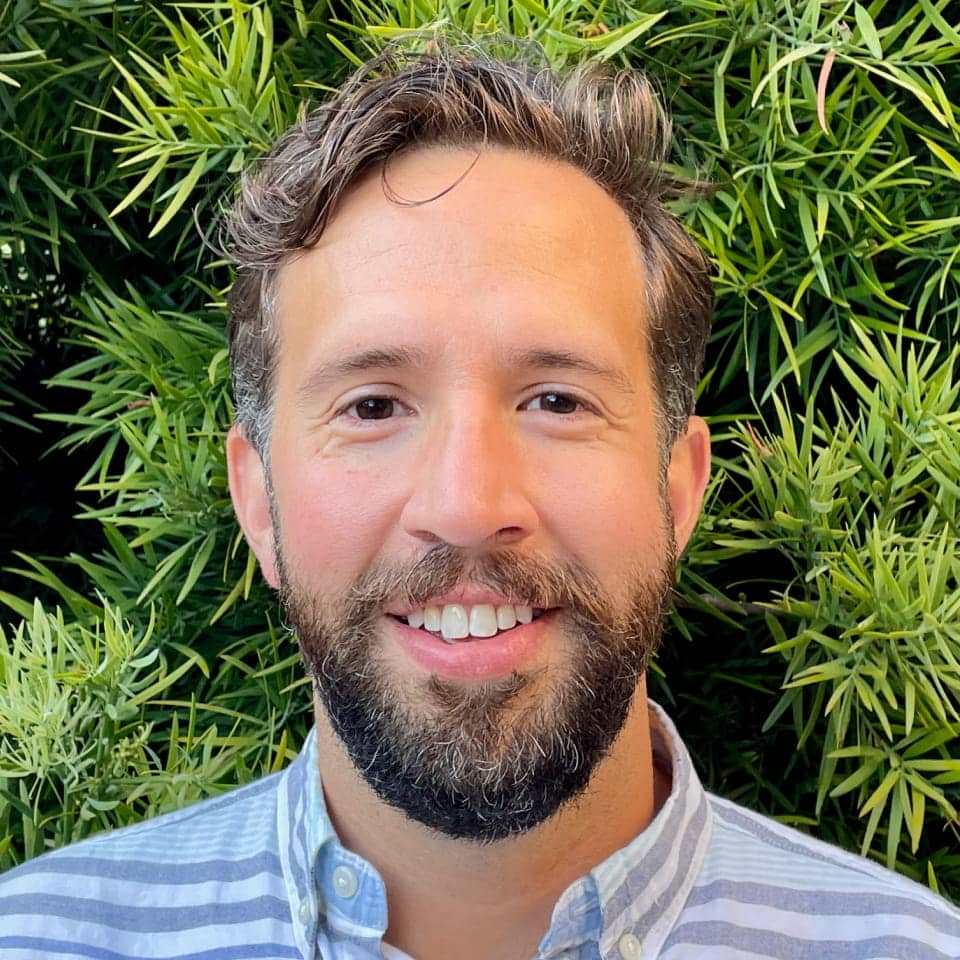
David Booth
Department of Biochemistry and Biophysics, University of California, San Francisco
Discipline: Biological Sciences
Distinct types of cells enable animals to build multicellular bodies and allow their closest-living unicellular relatives, choanoflagellates, to exploit ecological niches. The Booth lab develops genetic tools in choanoflagellates to discover how these aquatic microeukaryotes switch between cell types to perform critical functions in dynamic ecosystems. By directly connecting genes to ecological functions, this research will illuminate how genetic and environmental changes influenced the origin of animals.
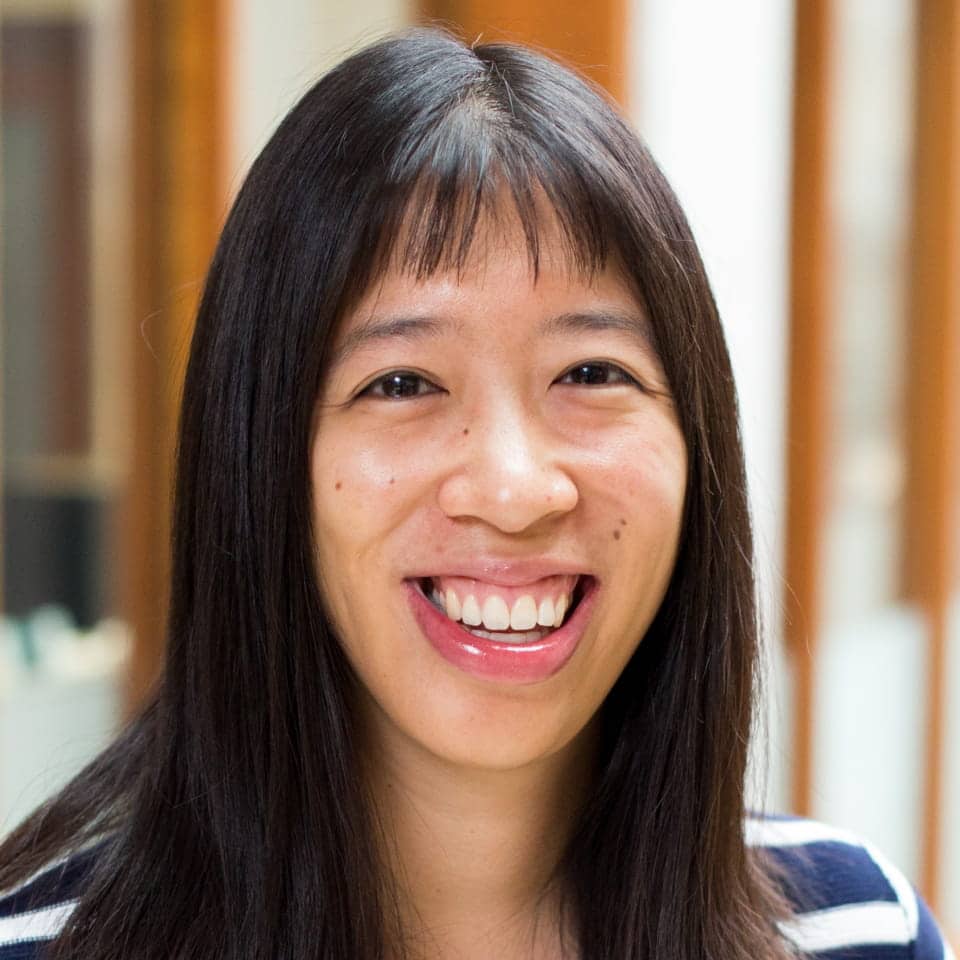
Wen-fai Fong
Department of Physics and Astronomy, Northwestern University
Discipline: Astronomy, Astrophysics, Cosmology
The universe is surprisingly full of time-dependent cosmic explosions. The Fong research group pursues the enigmatic origins of the universe’s fastest explosions by developing methods to navigate the complex web of transient alert streams, identify causal correlations, and ultimately unearth concrete connections between these transients and their physical origins.
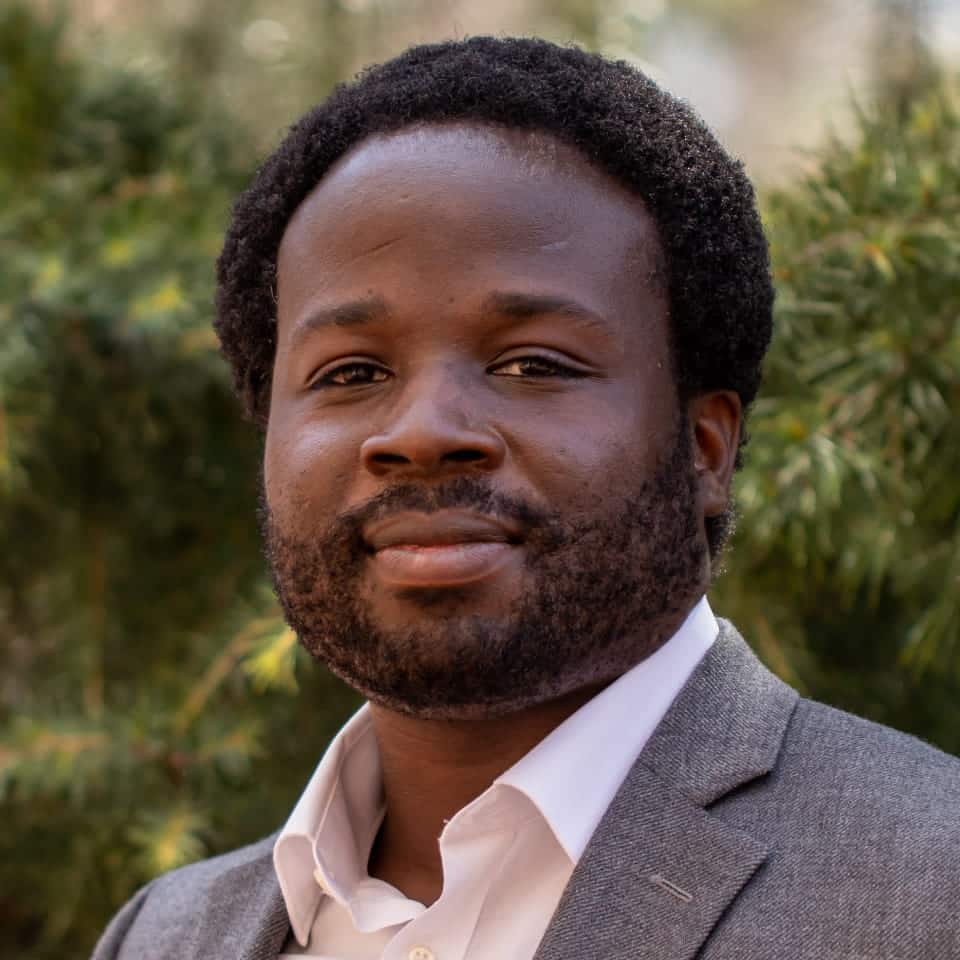
Robert Gilliard
Department of Chemistry, University of Virginia
Discipline: Chemistry
Redox reactions are critically important in chemical synthesis, from the production of new optoelectronic materials and drugs to advancements in catalysis. Gilliard’s research team seeks to elucidate novel redox processes and bonding using earth-abundant main-group elements, focusing on transformations that are important for next-generation energy production and environmental sustainability.
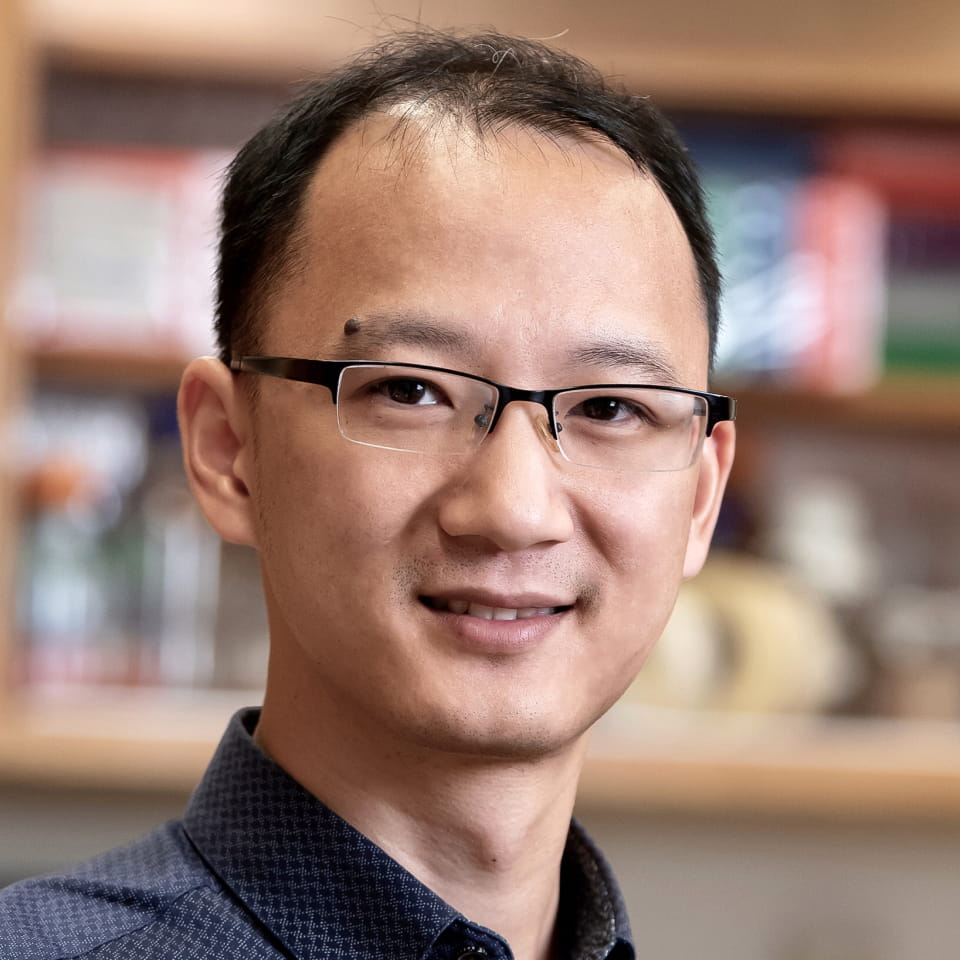
Xiongyi Huang
Department of Chemistry, Johns Hopkins University
Discipline: Chemistry
Enzymes that contain metals or metal cofactors (metalloenzymes) catalyze the most challenging and fascinating transformations on earth, including methane oxidation and nitrogen fixation. The Huang lab establishes interdisciplinary engineering platforms to reprogram natural metalloenzymes to address outstanding problems at the frontiers of chemical synthesis and drug development.
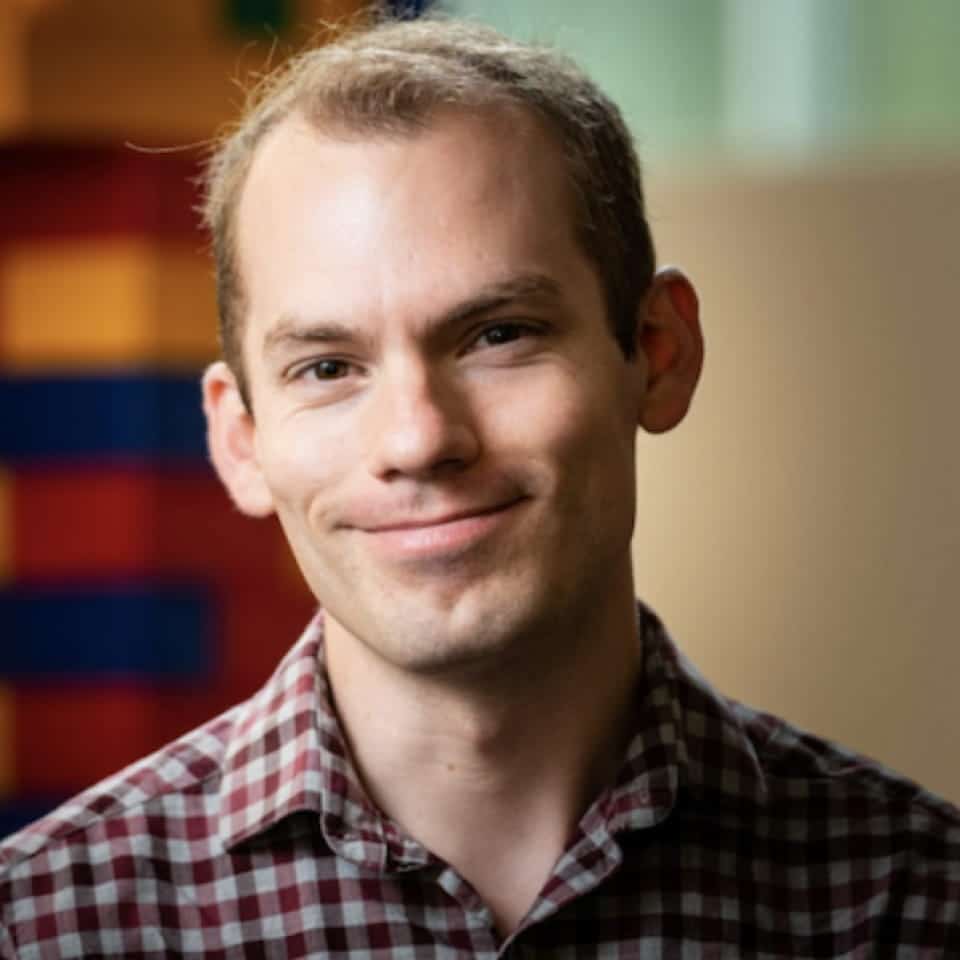
Phillip Isola
Department of Electrical Engineering & Computer Science, Massachusetts Institute of Technology
Discipline: Engineering – Electrical or Computer
Imagine if whenever we switched jobs, we had to revert to being infants and go through 18 years of new training – that’s the situation in most current artificial intelligence (AI) systems. Isola’s lab studies AI systems that do not require extensive retraining on each new task they encounter, and instead build up general-purpose and adaptable world representations.
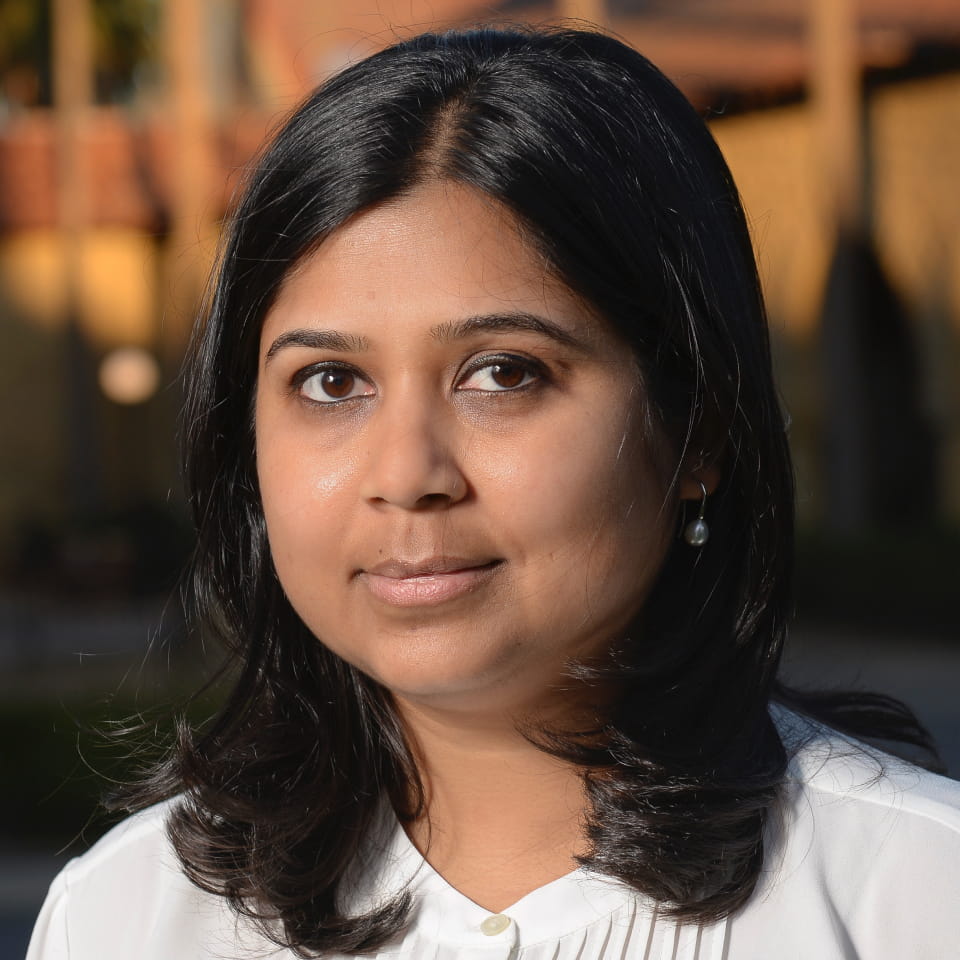
Vedika Khemani
Department of Physics, Stanford University
Discipline: Physics
Quantum systems with many particles can display a rich array of emergent phenomena. A confluence of advances, particularly in building programmable quantum devices, is opening the study of quantum matter in novel unexplored regimes, including far from thermal equilibrium. Khemani’s research aims to advance the theory of many-body quantum systems to study new phenomena in far-from-equilibrium regimes using analytic, numerical and information theoretic approaches.
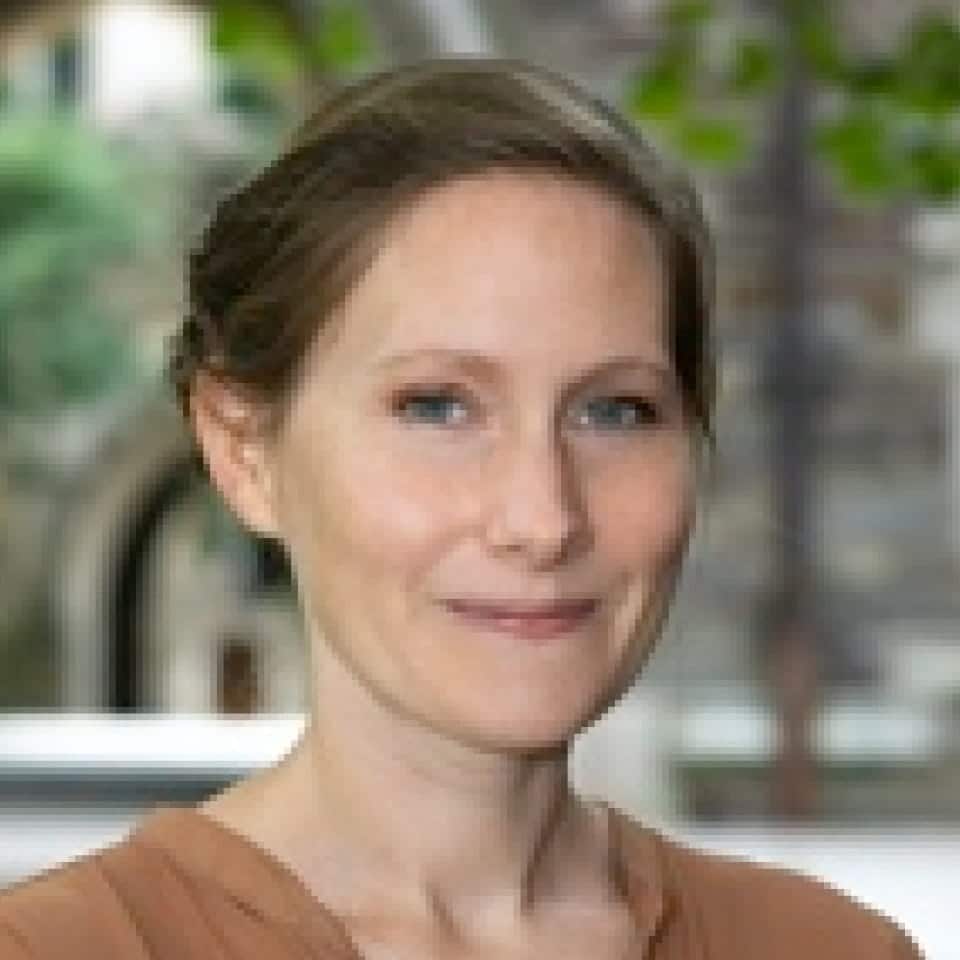
Sarah Kocher
Department of Ecology & Evolutionary Biology, Princeton University
Discipline: Ecology, Evolutionary Biology
Animals that live and interact in social groups are some of nature’s best success stories, from social insects to our own human societies. The Kocher lab uses complementary approaches from genomics, ecology, and neurobiology to understand how genes and the environment interact to shape variation in social living.
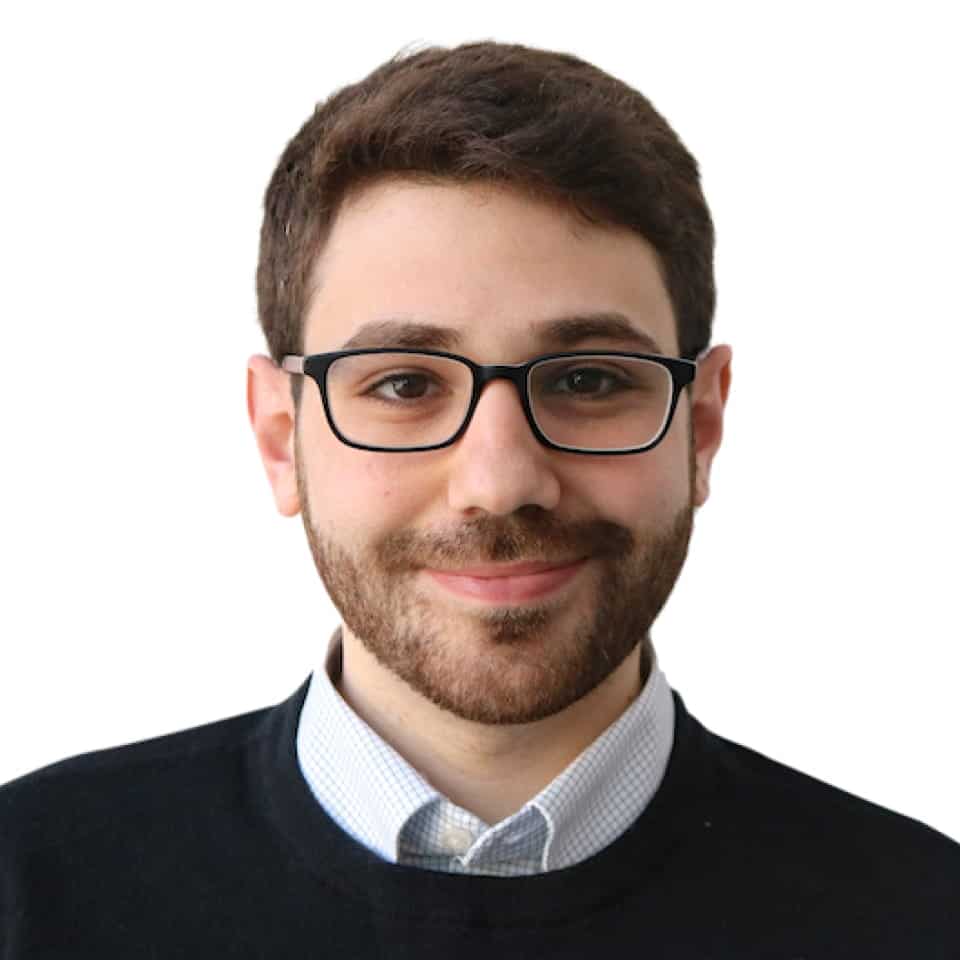
Mark Levin
Department of Chemistry, University of Chicago
Discipline: Chemistry
Some of the biggest challenges facing science involve questions of molecular-level design. The Levin group invents chemical reactions that enable editing molecules at the single-atom level, empowering scientists across the many disciplines which design and deploy purpose-built molecules to attack problems with unparalleled precision.
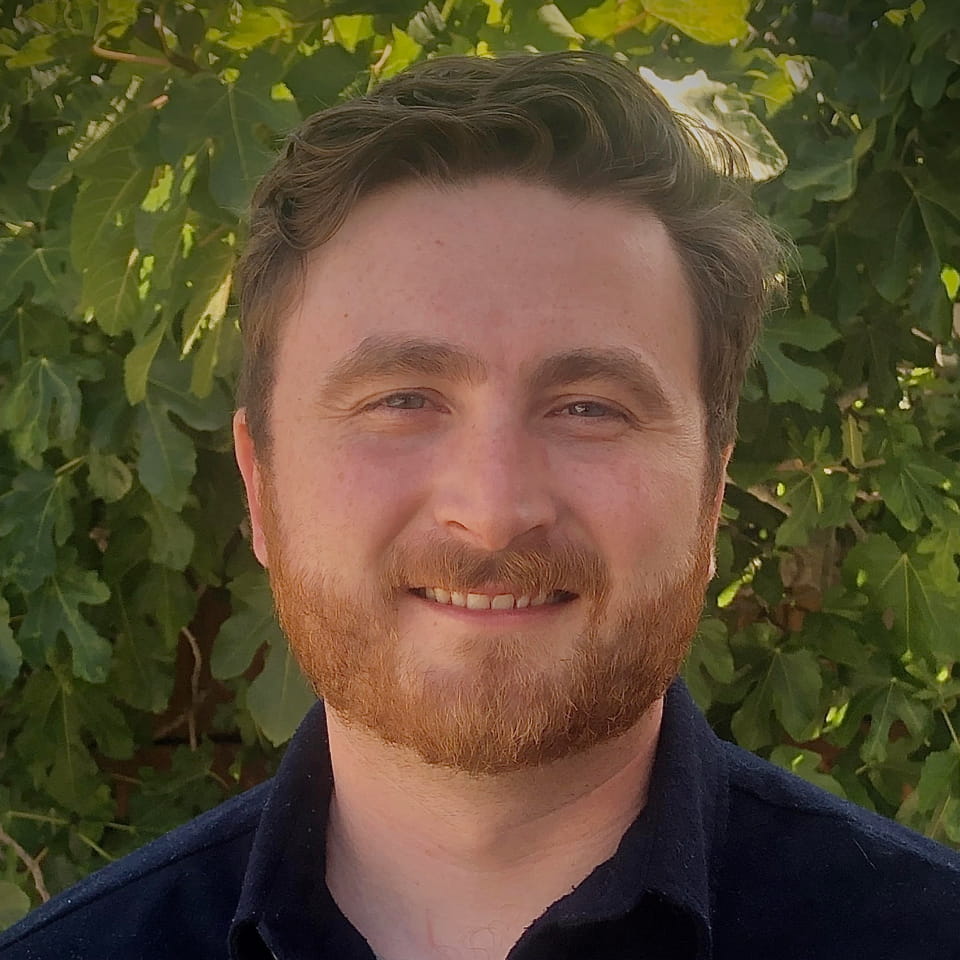
Matthew Lovett-Barron
Section of Neurobiology, Division of Biological Sciences, University of California, San Diego
Discipline: Neuroscience
Many animals live in groups, where individuals engage with the world in cooperation with others. The Lovett-Barron lab uses virtual reality and neural activity imaging to study the brains and behaviors of schooling fish, and to understand how collective behavior arises from the interdependent sensory-motor computations of individuals.
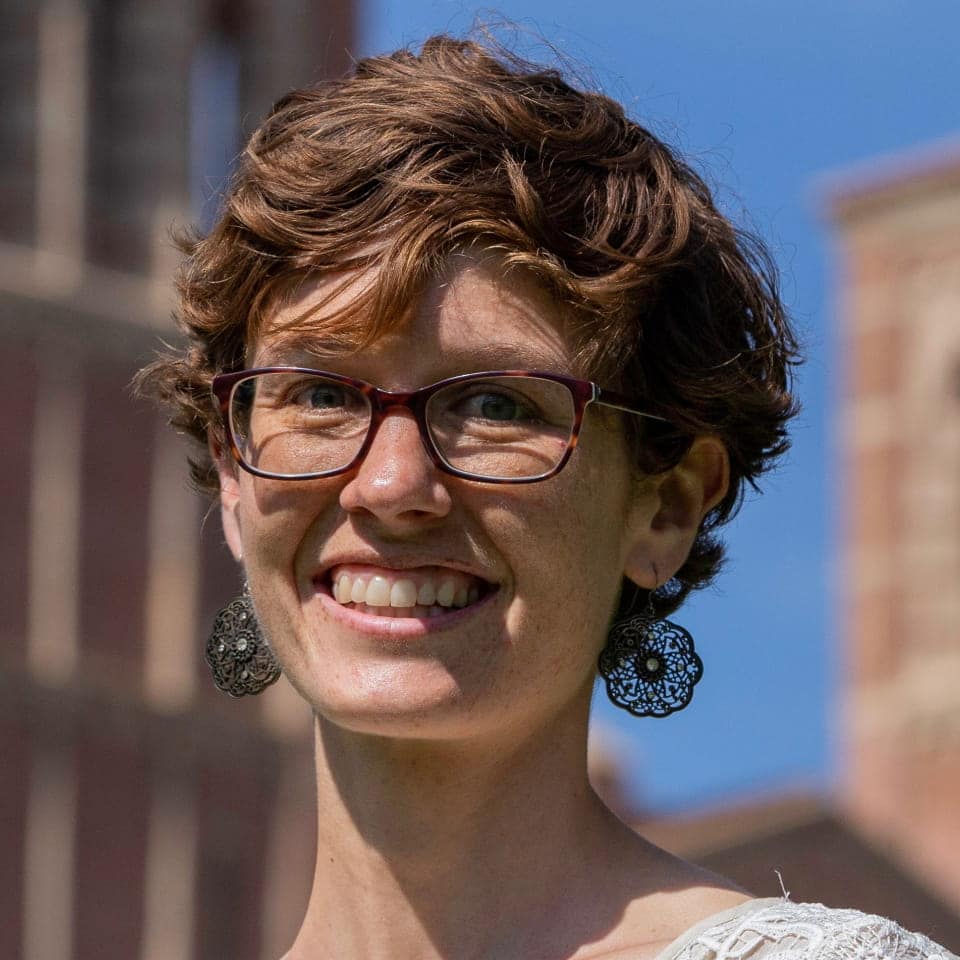
Karen McKinnon
Institute of the Environment and Sustainability and Department of Statistics, University of California, Los Angeles
Discipline: Geosciences
The climate is a complex system that is rapidly changing in response to human influence. McKinnon aims to develop data-driven physical and statistical models for improved understanding and prediction of climate extremes, variability, and change.
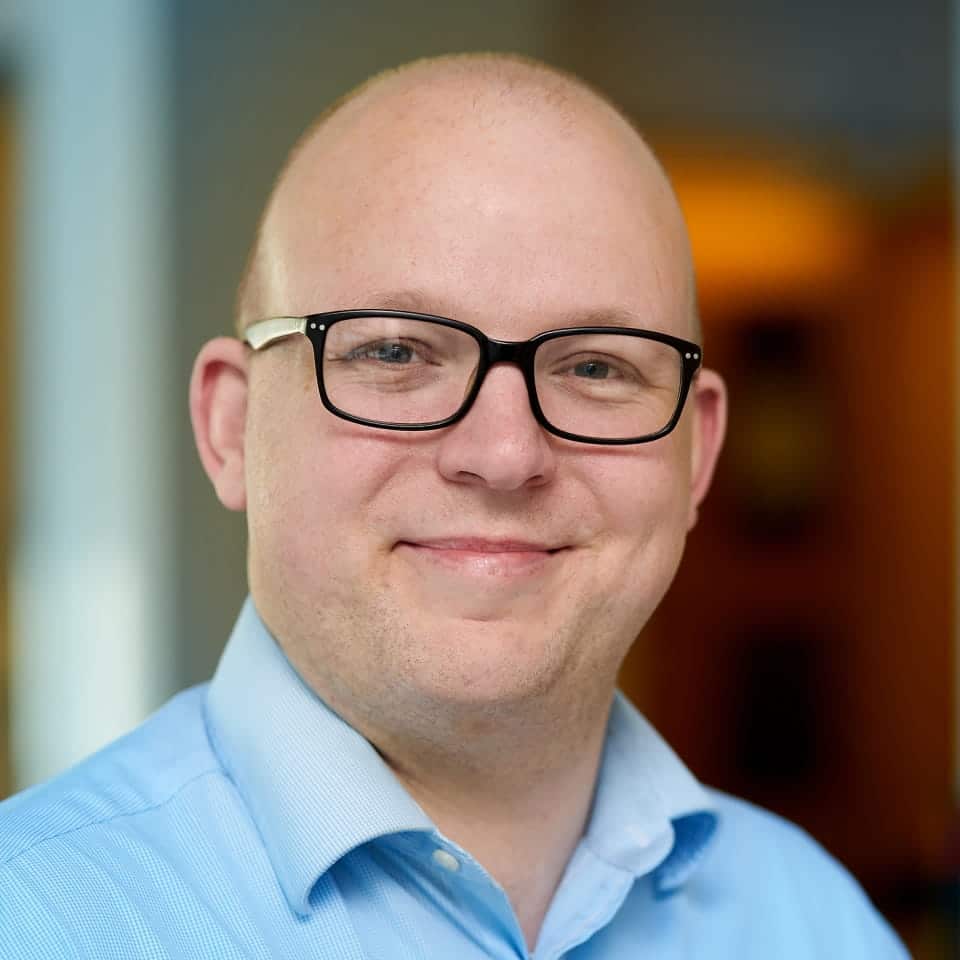
Peter McMahon
Department of Applied & Engineering Physics, Cornell University
Discipline: Physics
With the unabated growth of computing requirements in society, and decreasing room for improvement in conventional electronic processors, there is a need to revisit how computers are built. McMahon’s lab studies how physical systems can be harnessed to perform computation, with the long-term goal of building computers that operate at the limits of what physics allows.
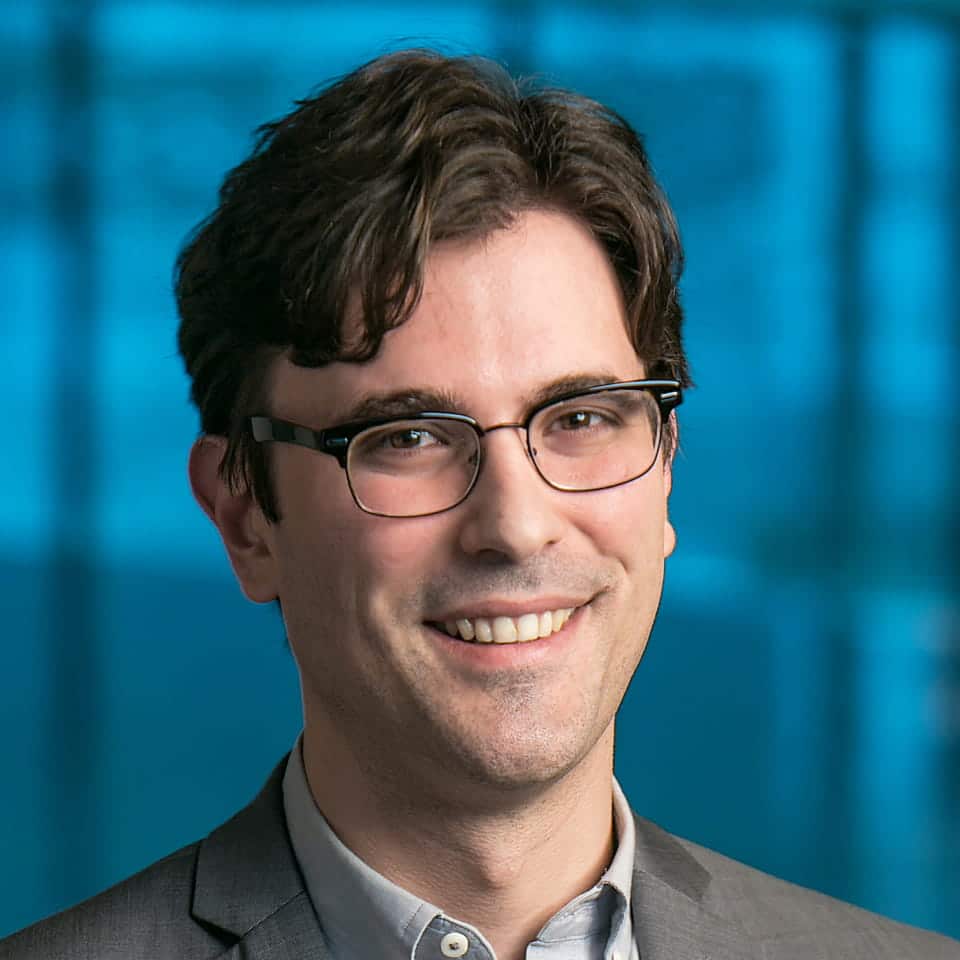
Marc Miskin
Department of Electrical & Systems Engineering, University of Pennsylvania
Discipline: Materials Science, Nanotechnology
Miskin’s group builds microscopic robots, machines too small to see by eye. By perusing increasingly sophisticated designs, they hope to emulate biology at its fundamental scales. Long term, this work offers new ways to think about life and to shape the microworld with precision and control.
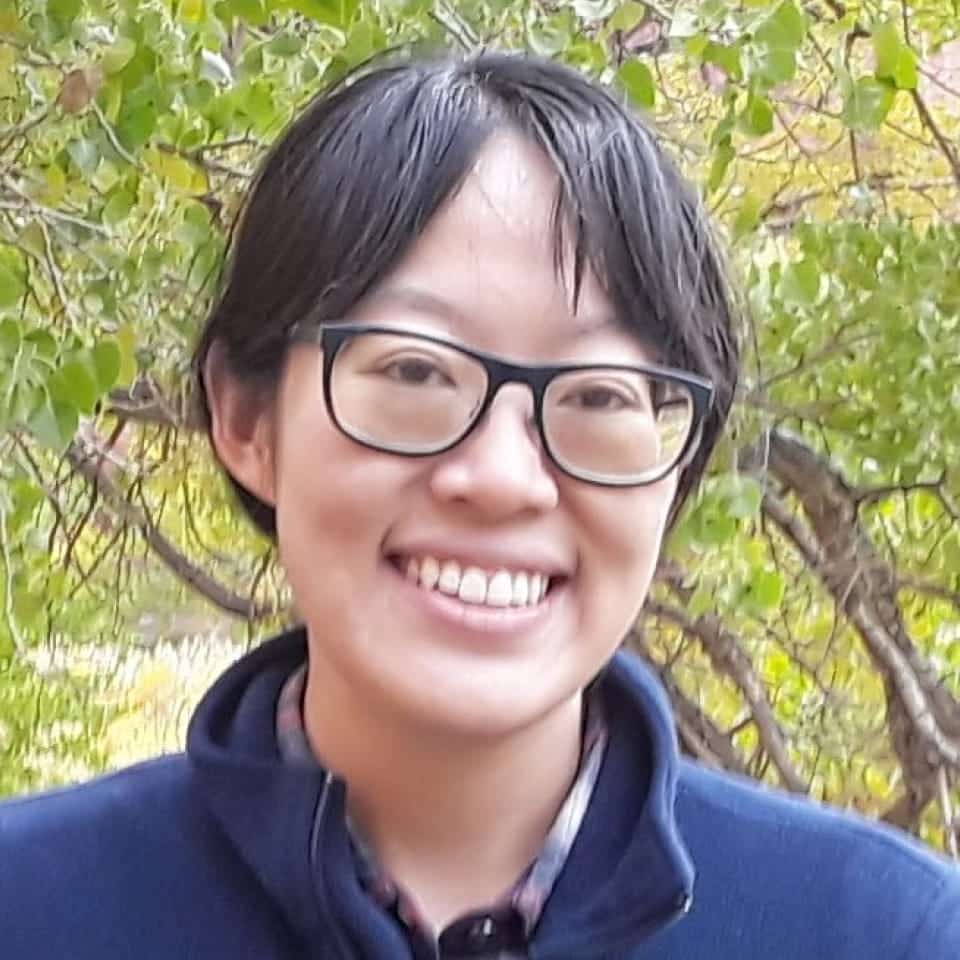
Diana Qiu
Department of Mechanical Engineering and Materials Sciences, Yale University
Discipline: Physics
Qiu develops quantum physics methods that exploit high-performance computing to discover and design new, highly tunable and transient materials, as well as explore fundamental processes, such as exciton transport and coherence, and nonlinear and ultrafast optical response in materials relevant to fields such as optoelectronics, quantum information, and energy research.
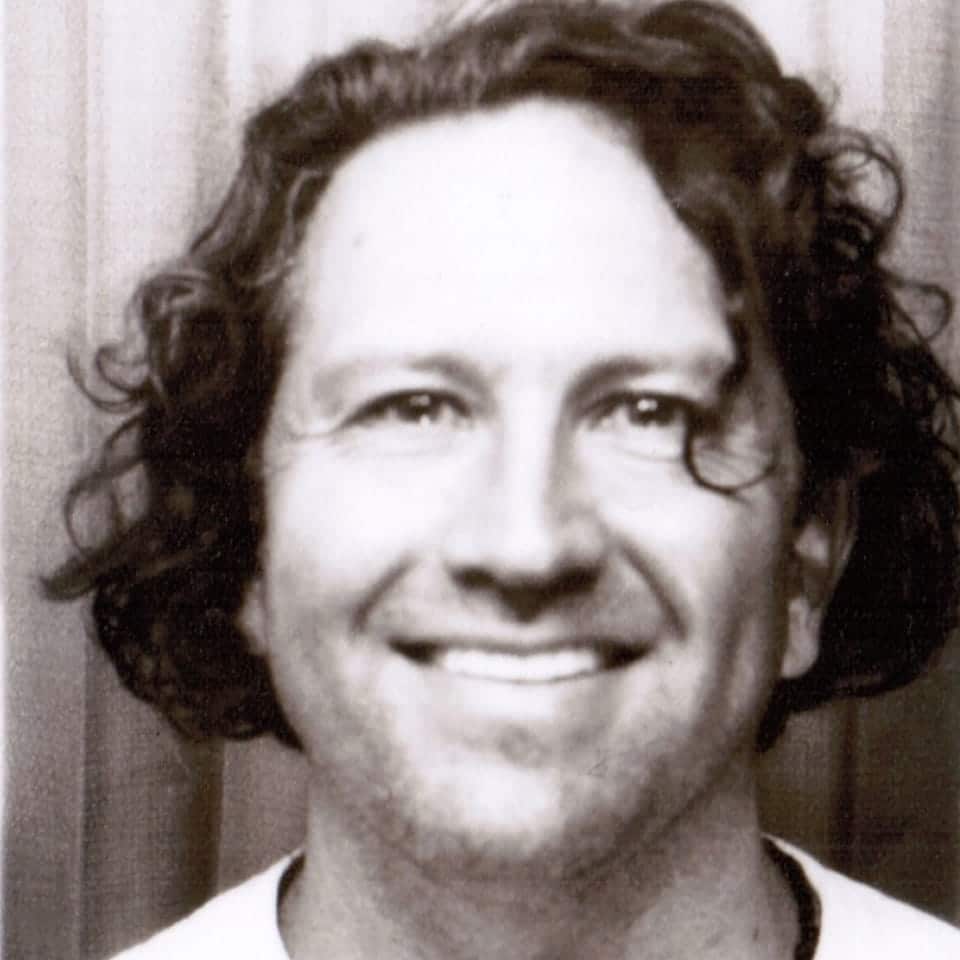
Enrique Rojas
Department of Biology, New York University
Discipline: Biological Sciences
Single-celled microbes are the smallest forms of life, yet they rely on highly sophisticated systems to execute essential physiology. These systems, moreover, incorporate both biochemical and biophysical signals. The Rojas lab investigates “smart materials” within microbes: materials that generate, sense, and transmit mechanical forces to control cellular proliferation.
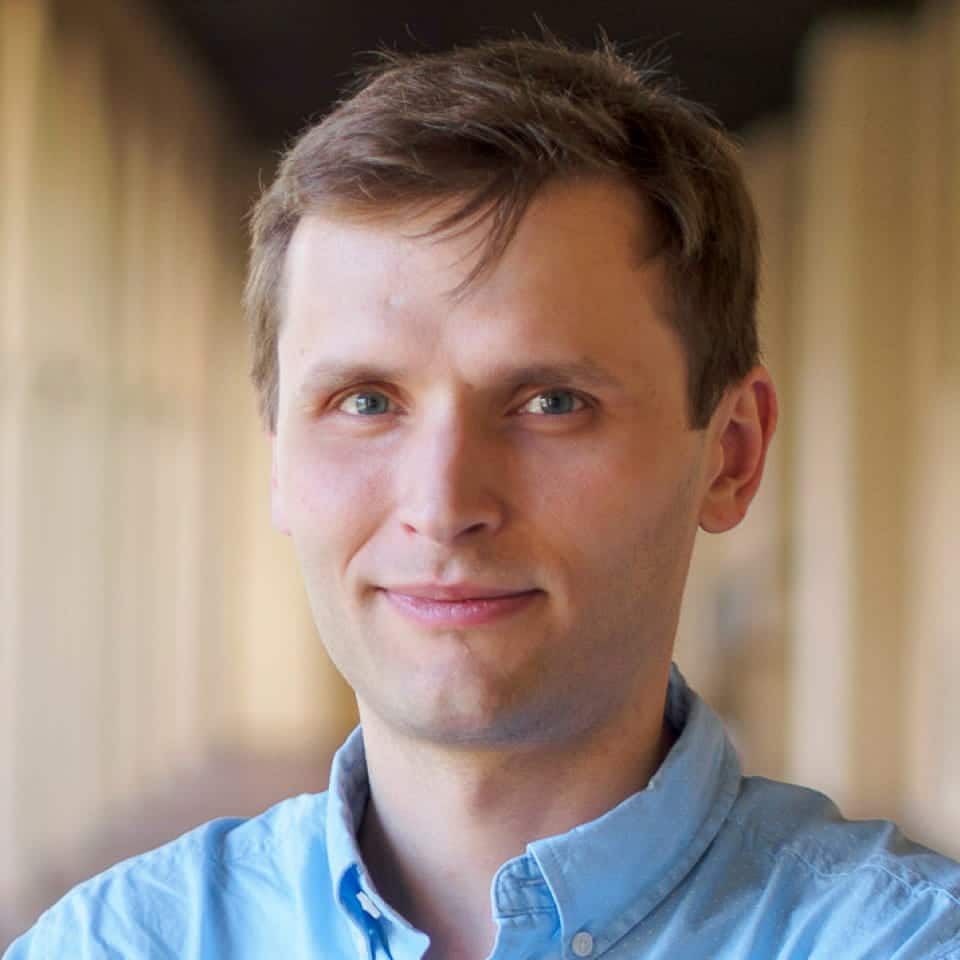
Jerzy Szablowski
Department of Bioengineering, Rice University
Discipline: Engineering – Chemical or Biological
The brain is composed of millions of cells that each perform a distinct function. The Szablowski lab aims to non-invasively communicate with individual brain cells to decode the neural basis of behaviors and treat complex brain disorders.
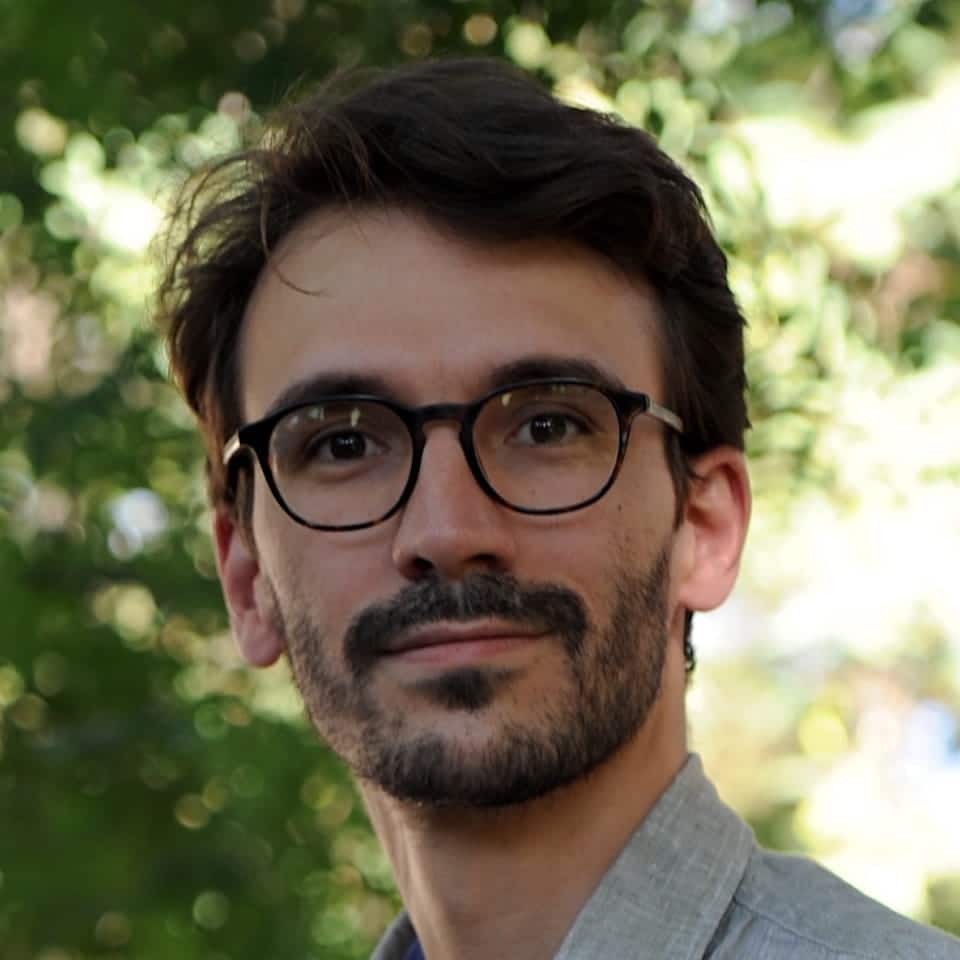
Francois Tissot
Division of Geological and Planetary Sciences, California Institute of Technology
Discipline: Geosciences
The history of our Solar System is recorded in the isotopic composition of meteorites. Tissot and his group develop chromatographic and mass-spectrometric methods to decode these telltale signatures and unravel the architecture of the early Solar System and the evolutionary pathway of planetary bodies, including the Earth.
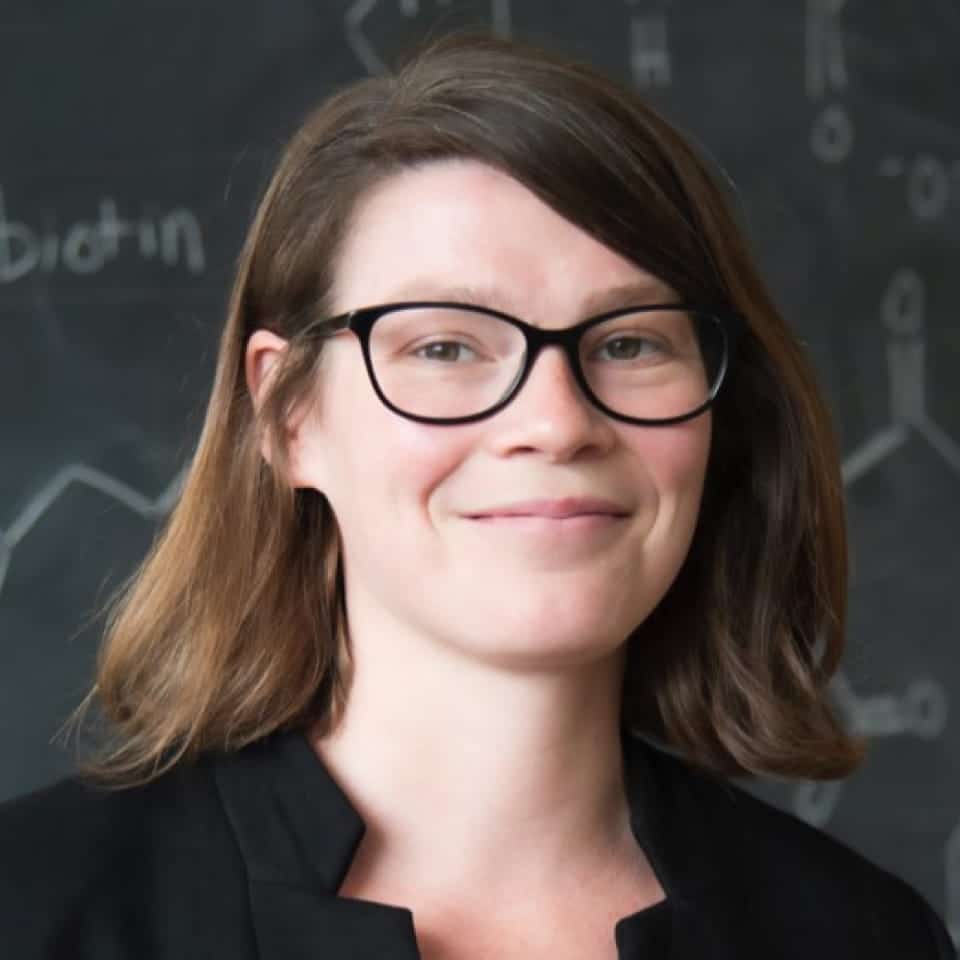
Amy Weeks
Department of Biochemistry, University of Wisconsin, Madison
Discipline: Biochemistry
Spatial organization and temporal dynamics are essential properties of cellular signaling. The Weeks lab engineers enzymatic tools for mapping biological signals across space and time in living cells. Using these tools, the lab seeks to provide an integrated view of cellular signaling to advance biological discovery, with potential therapeutic implications.
